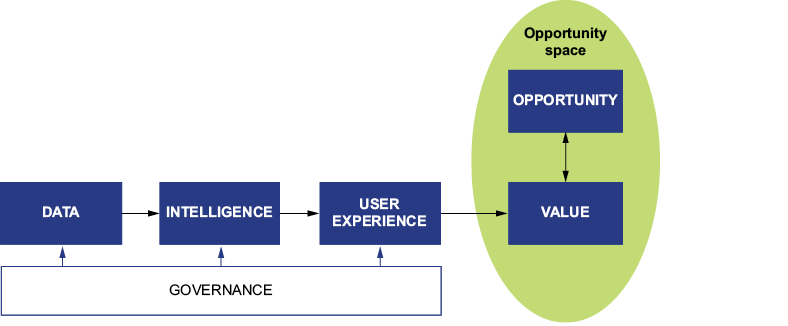This chapter covers
- Identifying AI-friendly problems
- Using different sources of opportunities
- Prioritizing AI opportunities
- Balancing quick wins versus long-term goals
- Comparing the ready, aim, fire and ready, fire, aim approaches
In this chapter, you’ll learn how to discover and define problems worth solving with AI. There are many reasons for using AI: product management textbooks teach us to use it to address existing user needs. They would likely also teach how to create a long-term strategic advantage with AI, but because this topic is much more nuanced and messy, it eschews a standard approach. My own companies came into existence because AI know-how was our core competence, and thus our unique selling point (USP). Many teams are frustrated because leadership and investor stakeholders pressured them to build something with AI.
In practice, all of these motivations can lead to success. The key is ensuring that your AI features—or even new products—address real customer needs or desires. In this chapter, we’ll dive into the opportunity space, where we discover, evaluate, and shape AI problems and use cases (see figure 2.1).
Figure 2.1 This chapter addresses discovery in the opportunity space in the mental model of an AI system.
